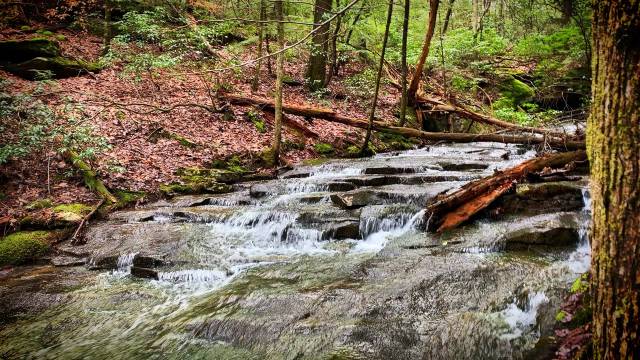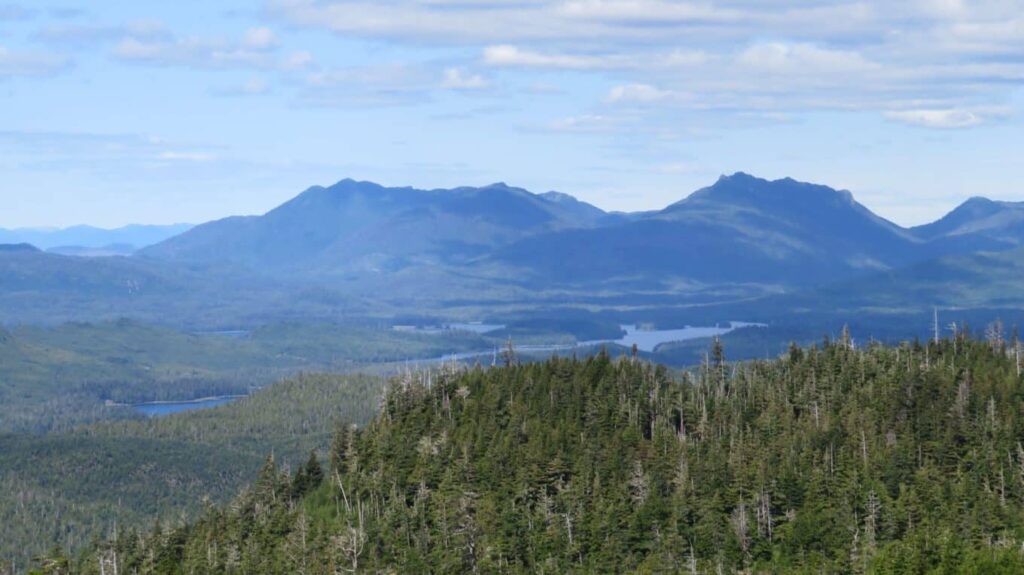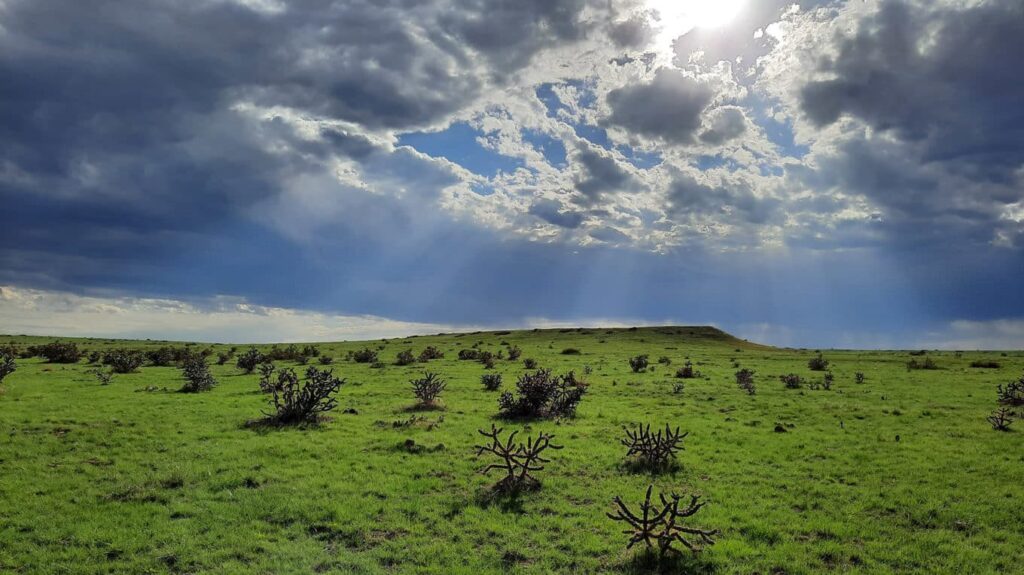CARBON FOOTPRINT
How we’re cutting emissions and investing in responsible offsets
The Complete Picture: Going Climate Positive
When BearVault jumped into understanding our Greenhouse Gas Emissions, we dove deep and all the way to the bottom. Instead of using simple calculators and overly-simplified certifications, we took a close look at everything we do in our operations. We also chose to look beyond our own location (Tier 1), and use higher tier methods to really investigate the cradle to grave impact of our product lifecycle to understand the complete emissions picture. Here is a quick overview of the types of emissions:
Tier 1
Everything associated with our own manufacturing facility, right down to transporting components to, and finished goods from our location. We used the EPA Simplified GHG Emissions Calculator (SGEC), Version 7, which was created by the EPA’s Center for Corporate Climate Leadership, to calculate our Tier one emissions. Our total emissions for Tier 1 were 157 mT (metric tons) of CO2 equivalents. Within Tier 1 there are three “scopes” to measure:
157mT CO2e
BearVault’s Scope 1, 2, & 3 emissions in 2022
- Scope 1 – Direct Emissions from our own facility and vehicles.
- Scope 2 – Indirect Emissions from energy purchased for use at our facility
- Scope 3 – Indirect Emissions from all transportation of goods, both incoming and outgoing; waste, employee commuting, leased assets, etc.
Tier 2
We did a more in-depth Tier 2 analysis, because we didn’t feel the SGEC adequately covered the full lifecycle of our products. With this analysis, we were able to fully incorporate everything associated with the processing and manufacturing of our components, from pulling raw materials out of the earth, to processing, molding, and later recycling them. We used key source categories for the USA, where we do all our manufacturing. Since there are different estimates from different authorities, we used a blended ratio derived from EPA data and industry data for similar component products. Our total emissions for the Tier 2 analysis were 546mT (metric tons) of CO2 equivalents.
Funky Additions and Fudge Factors
Normally Tier 2 is done instead of Tier 1, but we used the most effective analysis method for each stage of our product cycle, and then added them together. The Tier 2 analysis took a more standardized approach to our type of components over their lifecycle, while our Tier 1 Analysis allowed us to delve into our specific production impact. This Tier 2 analysis found an additional 546mT of CO2 equivalents.
703mT CO2e
BearVault’s cradle to grave emissions in 2023
Climate Positive: Overcompensating with Offsets
Partly we’re insecure about what people have done to mother nature, so we leaned toward overcompensation. But mostly, we got really excited when we started looking into offset possibilities, and in our excitement we purchased more offset credits than what we are technically responsible for, effectively going climate positive. Why just compensate when you can do more? Also, being bear people, we tend to get pretty excited about ways to help nature. We offset 750 mT in total.
750mT CO2e
BearVault’s total offset in 2023
Looking Forward: Emissions Reductions
Offsetting emissions is an important part of the path to being Climate Positive. However, no climate strategy is complete without a reduction in carbon emissions. At BearVault, we have set a bold goal of a 10% reduction in emissions intensity over 10 years. (2021 base year, 2030 target year). As a small business with a small selection of products this will be a challenge to hit. However, we have already begun the adventure by reducing packing and shipping emissions and will continue to find new ways to protect the environment.
10% CO2e Reduction
BearVault’s 10 year goal
We looked through many lists of possible offset opportunities, through certified and verified carbon credit managers. We ultimately decided to dedicate our support to projects that are local, preserve bear habitat, or invest as a pool:
Our 2023 Offset Project of Choice
Nestled in Appalachian Mountains of Tennessee, the Nature Conservancy’s Chestnut Mountain project protects a portion of the world’s largest hardwood Plateau. Goals include protecting and improving the resiliency of the forest, protecting the local water supply, providing an education and research platform, and protecting local wildlife. Several bats, green salamander, black bear, bobcat, red and gray foxes and timber rattlesnake call the region home. This project’s carbon credits are managed and verified by Cool Effect.

Previous Offset Projects
Klawock Heenya, a forest preservation project on tribal land on Prince of Wales Island, in Alaska. This coastal rainforest is prime black bear habitat that is threatened by logging. By preserving the forest in its natural, healthy state, this project helps sustain land and jobs for the Klawock Heenya indigenous people as well. The project’s carbon credits are managed and verified by Cool Effect.

Heartland Ranch Nature Preserve, a grasslands preservation project in Colorado, our home state. We wanted to invest in local projects, and it turns out prairies are secure long term carbon sequestration option, because they are less susceptible to damage by drought and wildfire than tall, high biomass forests. Heartland Ranch is managed by the Southern Plains Land Trust, and it is home to bison as well as smaller grassland species, and a handful of rare plants. Native, a carbon credit broker who ensures projects meet stringent standards like the Gold Standard, Verified Carbon Standard, and Climate Action Reserve.

CarbonFree – We became a Carbon Free Partner, and offset our shipping footprint with verified offset credits from the Carbon Fund portfolio of projects. Their portfolio contains a variety of validated projects focused on Energy Efficiency, Forestry, and Renewable Energy.

How do we offset emissions?
Despite our continual efforts to curb waste and emissions, some emissions cannot be removed. We then source ethical offsets that sequester real carbon and make a difference.
Feeling Inspired?
Protecting the environment takes all of us. The good news is that you can calculate your personal carbon footprint, look for ways to reduce it, and offset what you can’t reduce.

